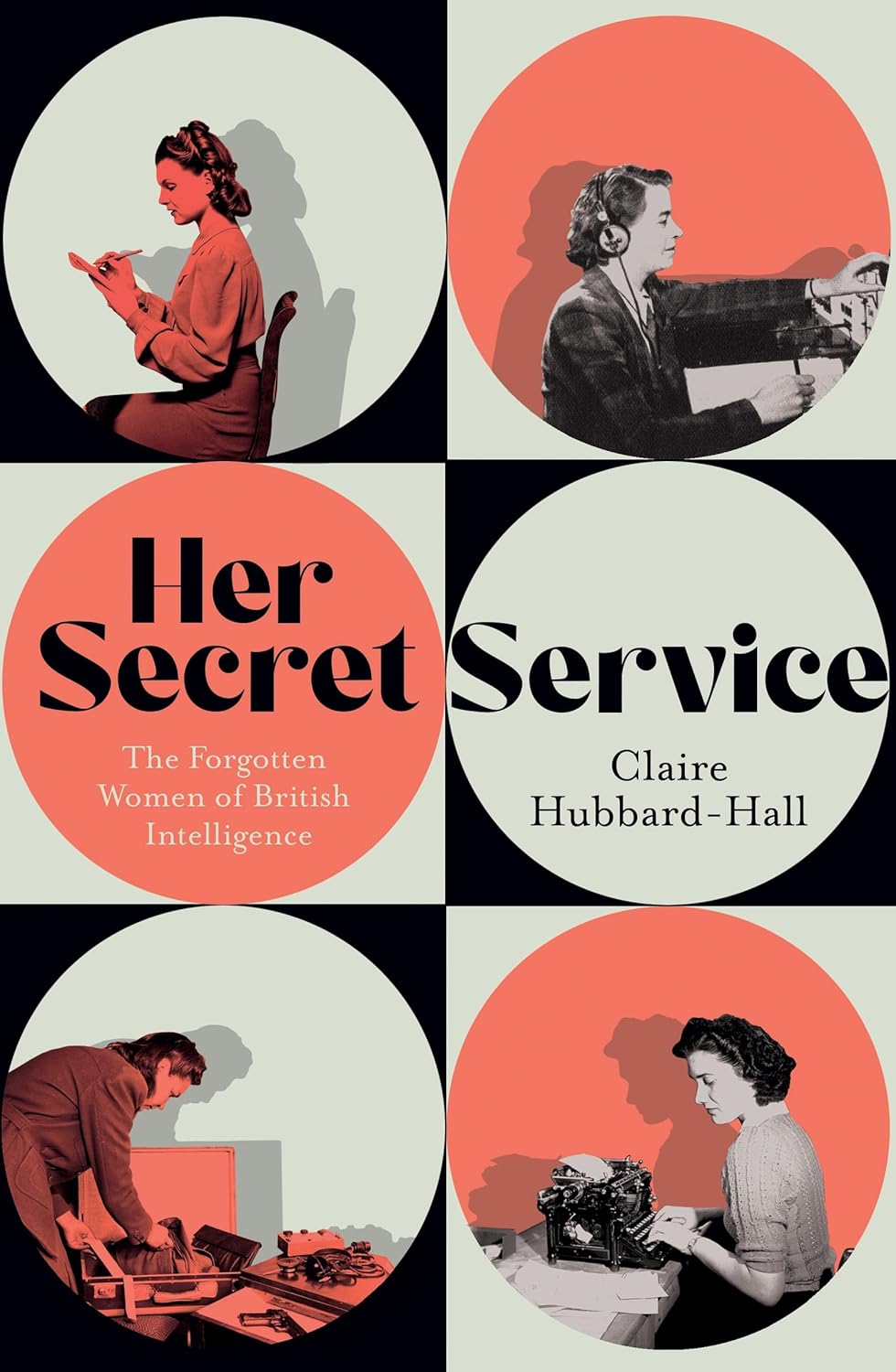Review: The women in British intelligence

If the interested reader thought that just about everything that could have been written about British intelligence agencies had been published, then this new history will probably be a revelation, writes Robert Shiels.
From the founding of the Secret Service Bureau in 1909, women worked in every area of the home and foreign departments that later became counter-espionage and espionage agencies.
Dr Claire Hubbard-Hall has drawn on private and previously classified documents to identify some of the women in British intelligence agencies, and explain their work, which was much greater than might be thought.
The practical centre of the intelligence world was the Registry where the crucial files were kept and standardised administrative practices applied, as in other government departments.
However, the security concerns of the First World War led to an enormous demand for emergency workers, and conveniently women filled that role in the Registry.
Beyond routine administrative work, the women in intelligence moved into encoding orders and decrypting enemy messages. They also ‘looked up’ the intelligence papers for links amongst people of interest.
Notable advances by women in the intelligence world (traditionally thought of as “a manly enterprise”) were often made by exceptional individuals and many are identified for the first time by name and background.
It is notable, however, that one of the most influential women who attained a prominent role came from a decidedly working-class background; that point is well made by the author but perhaps too much so, with overly detailed family histories.
In contrast, in the early stages of the First World War, a “particular type of woman was sought”, and obtained from the usual exclusive girls’ schools and from women’s colleges at the University of Oxford.
Latterly, and down to the Second World War, women undertook increasingly on an expediency basis all the duties of the business of national intelligence work often in circumstances of real personal danger.
That expediency included the ability of a senior manager to recognise real ability, and consequentially the gripping story of a young lady who infiltrated the Communist Party of Great Britain, resulting in a prosecution.
The history of Bletchley Park is interesting, but so many stories have now appeared, about the place and the sterling work done there for the future of humanity, that it now feels like a home from home.
This book narrates an interesting and fair story of the efficiency of women in the area of the defence of the realm that has in many historical narratives had been dominated by the activities of bad boys.
The detailed descriptions and assessments of that efficiency in the Registry suggests that the book will also be of interest in the developing area of administrative historians.
It has to be said, however, that the title of the book is a little misleading: the subject of women intelligence officers carries on into the mid-1950s after which little is revealed – but then, that is what they do.
Her Secret Service: The Forgotten Women of British Intelligence by Claire Hubbard-Hall. Published by Weidenfeld & Nicolson, 352pp, £25.









